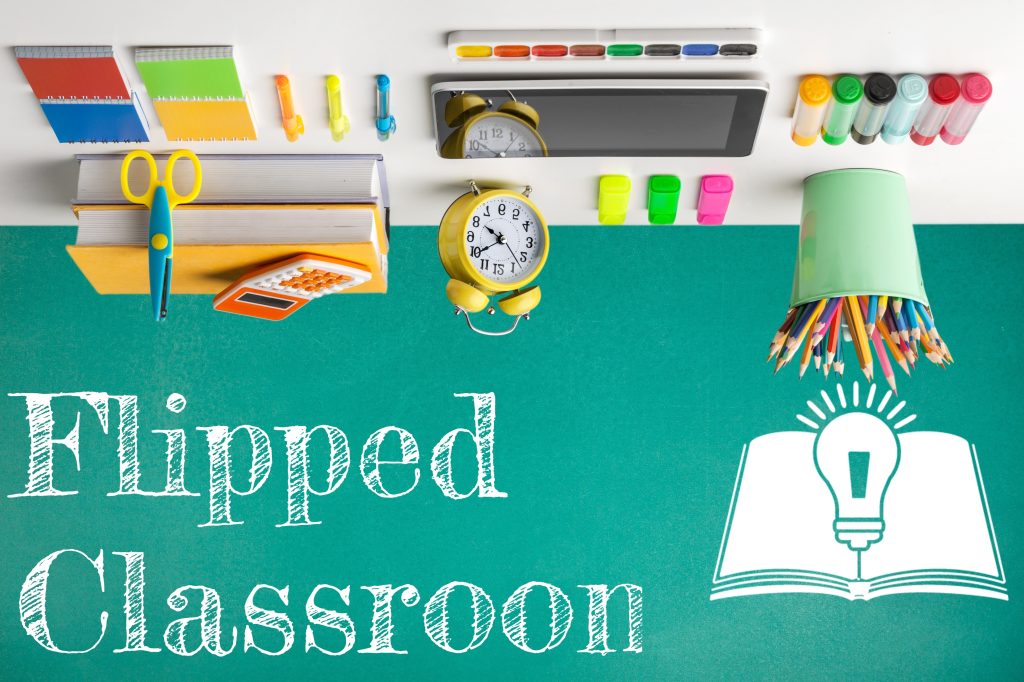The flipped classroom model is transforming traditional education by reversing the roles of homework and classroom instruction. Instead of teachers delivering lectures during class and assigning homework afterward, students learn new concepts at home through videos, readings, or online resources, while classroom time is dedicated to active learning, discussions, and hands-on activities.
This approach enhances student engagement, promotes deeper learning, and allows for more personalized instruction. In this article, we will explore the flipped classroom model, its benefits, challenges, and strategies for successful implementation.
What is a Flipped Classroom?

A flipped classroom is an instructional strategy where:
- Students learn new material at home – Through videos, readings, or interactive lessons.
- Class time is used for application – Instead of passive lectures, students engage in discussions, problem-solving, and group work.
- Teachers act as facilitators – Providing guidance, personalized support, and feedback rather than traditional direct instruction.
Traditional vs. Flipped Classroom Approach
| Aspect | Traditional Classroom | Flipped Classroom |
|---|---|---|
| Class Time | Teacher lectures, passive learning | Student-centered activities, discussions |
| Homework | Practice problems, reading assignments | Watching lectures, preparing for class |
| Teacher Role | Instructor, primary knowledge source | Facilitator, coach, mentor |
| Student Role | Passive listener | Active participant, problem-solver |
Benefits of the Flipped Classroom Model
1. More Personalized Learning
- Students learn at their own pace, pausing or replaying lectures as needed.
- Teachers can provide one-on-one support to struggling students.
2. Increased Student Engagement
- Classroom activities focus on collaboration, discussions, and critical thinking.
- Encourages active participation rather than passive note-taking.
3. More Effective Use of Class Time
- Time is spent applying concepts, rather than just listening to lectures.
- Students receive immediate feedback during class activities.
4. Better Retention and Understanding
- Hands-on practice helps reinforce learning.
- Encourages higher-order thinking skills (analysis, synthesis, evaluation).
5. Prepares Students for Independent Learning
- Encourages self-discipline and responsibility.
- Develops research and digital literacy skills.
Challenges of Implementing a Flipped Classroom
- Student Resistance to Change – Some students may struggle with self-paced learning.
- Access to Technology – Not all students have reliable internet or devices for online learning.
- Increased Teacher Preparation – Teachers must create or find quality video lessons.
- Risk of Passive Home Learning – Some students might skip pre-class materials, leading to disengagement.
✅ Solutions:
- Provide offline resources (printed materials, USB drives).
- Use accountability measures (quizzes, reflection questions).
- Offer training for teachers and students to ease the transition.
Strategies for a Successful Flipped Classroom
1. Use High-Quality Pre-Class Materials
🎥 Videos & Podcasts – Khan Academy, TED-Ed, teacher-created videos.
📖 Interactive Readings – Digital textbooks, infographics, case studies.
📝 Quizzes & Reflections – Ensure students engage with the material before class.
2. Make Classroom Time Interactive
🧠 Problem-Solving Activities – Case studies, hands-on projects.
💬 Discussions & Debates – Encourages critical thinking and engagement.
👥 Collaborative Group Work – Peer learning through teamwork.
3. Track Student Progress
📊 Check for Understanding – Use formative assessments like exit tickets or quick quizzes.
💡 Provide Immediate Feedback – Address misconceptions in real-time.
📝 Encourage Reflection – Ask students to summarize what they learned.
4. Blend Flipped Learning with Other Methods
- Combine with blended learning – Mix online and in-person elements.
- Use gamification – Reward engagement with points or badges.
- Provide flexibility – Allow students to choose between videos, podcasts, or readings.
Flipped Classroom Success Stories
🏫 Higher Student Performance – Studies show flipped classrooms lead to better retention and test scores.
📉 Lower Failure Rates – Struggling students receive more targeted support.
🚀 Increased Engagement – Students become more active, motivated learners.
Conclusion: A New Approach to Learning
The flipped classroom model represents a shift from passive to active learning, making education more engaging, personalized, and effective. While challenges exist, with the right strategies, flipped learning can empower students to take charge of their education and develop deeper understanding.
🌟 Are you ready to knowledge your classroom? Share your thoughts and experiences below! 🎓📚

